Bearded dragons have become one of the most popular reptile pets due to their friendly dispositions and relatively straightforward care requirements. However, “straightforward” doesn’t mean “no maintenance” – these fascinating lizards from Australia need consistent care routines to thrive in captivity. Establishing a comprehensive care schedule ensures your bearded dragon remains healthy, happy, and lives out its full lifespan of 8-12 years. This guide breaks down everything you need to know about caring for your bearded dragon on a daily, weekly, and monthly basis, creating the ultimate care routine that will keep your scaly friend in optimal condition.
Understanding Your Bearded Dragon’s Basic Needs

Before diving into specific care routines, it’s essential to understand what bearded dragons need to thrive. These reptiles require proper heating with a temperature gradient ranging from 75-85°F on the cool side to 95-105°F in their basking area. UVB lighting is non-negotiable as it allows them to metabolize calcium properly and prevents metabolic bone disease. Their enclosure should be adequately sized – adults need at least a 40-gallon tank, though larger is always better. Substrate choices matter significantly, with reptile carpet, ceramic tile, or paper towels being safer options than loose substrates like sand which can cause impaction. Understanding these foundational needs helps contextualize why certain care tasks must be performed at specific intervals.
Daily Morning Routine: Essential Tasks

Begin each day by checking that all heating and lighting equipment is functioning correctly, as even one day without proper temperature or UVB exposure can impact your dragon’s health. Remove any uneaten food or waste from the previous day to maintain hygiene and prevent bacterial growth. Refresh your dragon’s water dish with clean, dechlorinated water, even if it appears full, as dragons often dip their tails or drop food in their water. Observe your bearded dragon for a few minutes, noting energy levels, appetite, and any changes in appearance or behavior that might indicate health concerns. These morning checks typically take only 5-10 minutes but form the foundation of proper bearded dragon care.
Daily Feeding Schedule: Age-Appropriate Nutrition
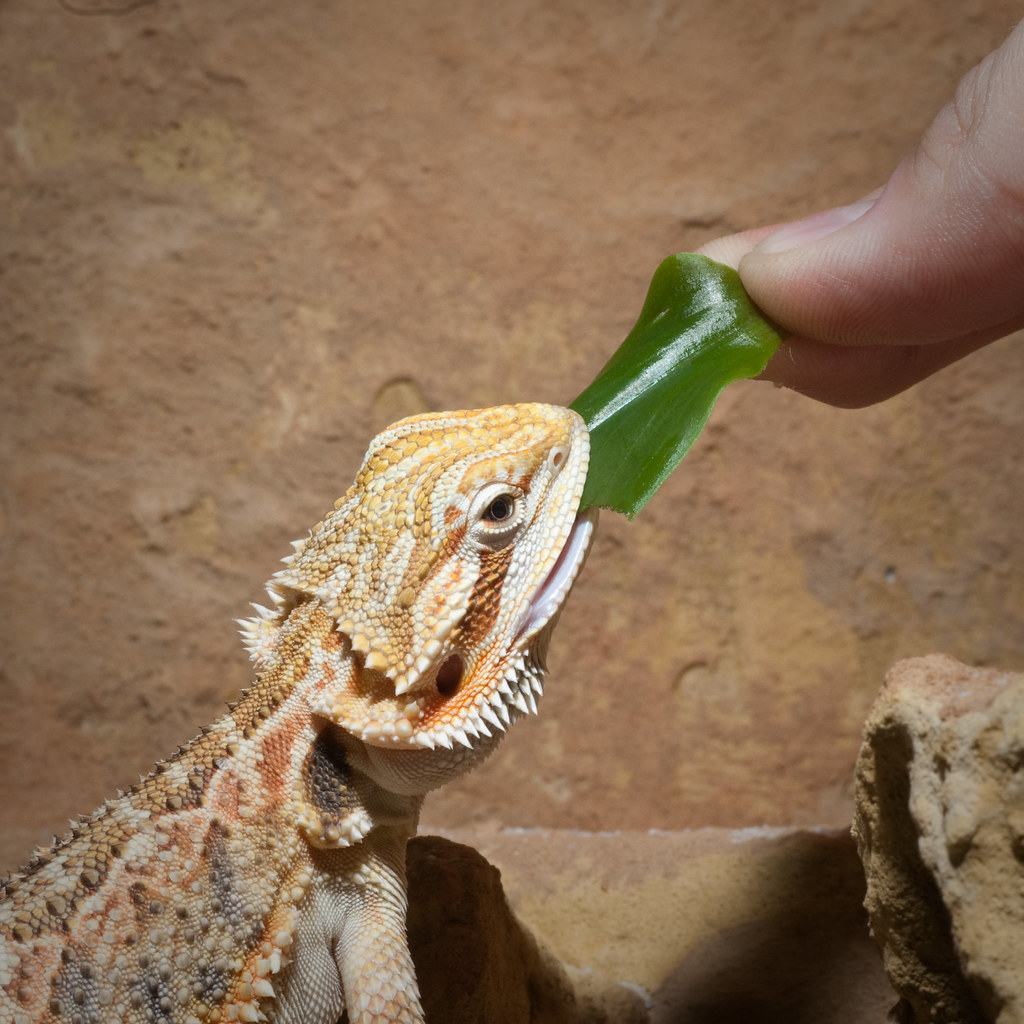
Bearded dragons require different feeding schedules based on their age, with babies needing 3-5 feeding sessions daily, juveniles requiring 2 feedings, and adults typically eating once daily. Baby dragons (0-6 months) should receive a diet consisting of 80% insects and 20% vegetables, transitioning to a 50/50 ratio as juveniles (6-18 months). Adult bearded dragons thrive on a diet of approximately 20-30% insects and 70-80% vegetables, with feeding occurring once daily or even every other day for some older adults. Staple insects include crickets, dubia roaches, and black soldier fly larvae, while collard greens, mustard greens, turnip greens, and butternut squash make excellent vegetable options. Dusting feeders with calcium powder 4-5 times weekly and multivitamin supplements 2-3 times weekly ensures proper nutrition and prevents deficiencies.
Daily Environmental Maintenance: Temperature and Lighting
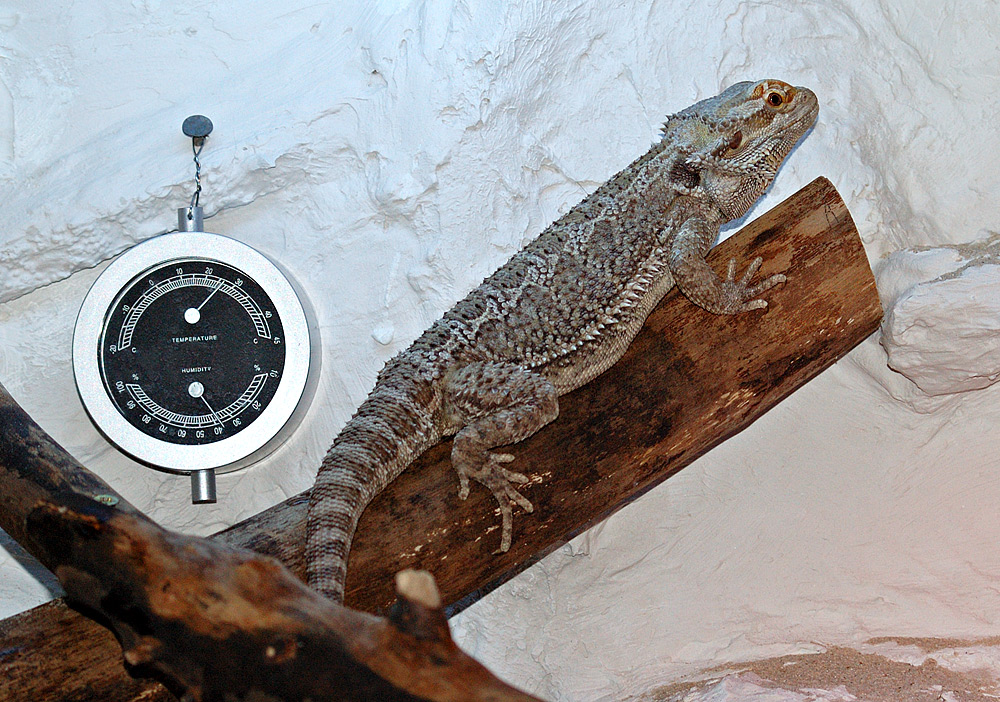
Monitoring and maintaining proper temperatures is a daily requirement, using digital thermometers to verify that the basking spot reaches 95-105°F and the cool side remains between 75-85°F. Check that the UVB bulb is functioning correctly, as these bulbs emit light even when the UVB output has diminished, requiring replacement every 6-12 months depending on the brand and specifications. During winter months, ambient room temperatures may drop, requiring adjustments to heating equipment to maintain proper tank temperatures. Create a consistent 12-14 hour day/night cycle by turning lights on in the morning and off in the evening, which helps regulate your dragon’s circadian rhythm and digestive patterns. Maintaining proper environmental parameters daily prevents stress and illness while promoting normal behavior and appetite.
Daily Interaction and Enrichment Activities

Bearded dragons are relatively social reptiles that benefit from daily handling and interaction to maintain their docile temperaments and provide mental stimulation. Begin with short 10-15 minute sessions for new or young dragons, gradually increasing to 30-60 minutes for established adults who enjoy handling. Provide enrichment through supervised exploration outside the enclosure in a dragon-proofed room, offering novel objects, tunnels, or platforms to investigate. Some bearded dragons enjoy shallow, supervised bathing sessions which provide hydration, help with shedding, and stimulate natural behaviors. Watch for stress signals during handling like beard darkening, rapid breathing, or attempting to flee, which indicate your dragon needs a break and should be returned to its enclosure. Regular positive interactions create a bond between you and your bearded dragon while preventing boredom in captivity.
Weekly Habitat Spot Cleaning Procedures
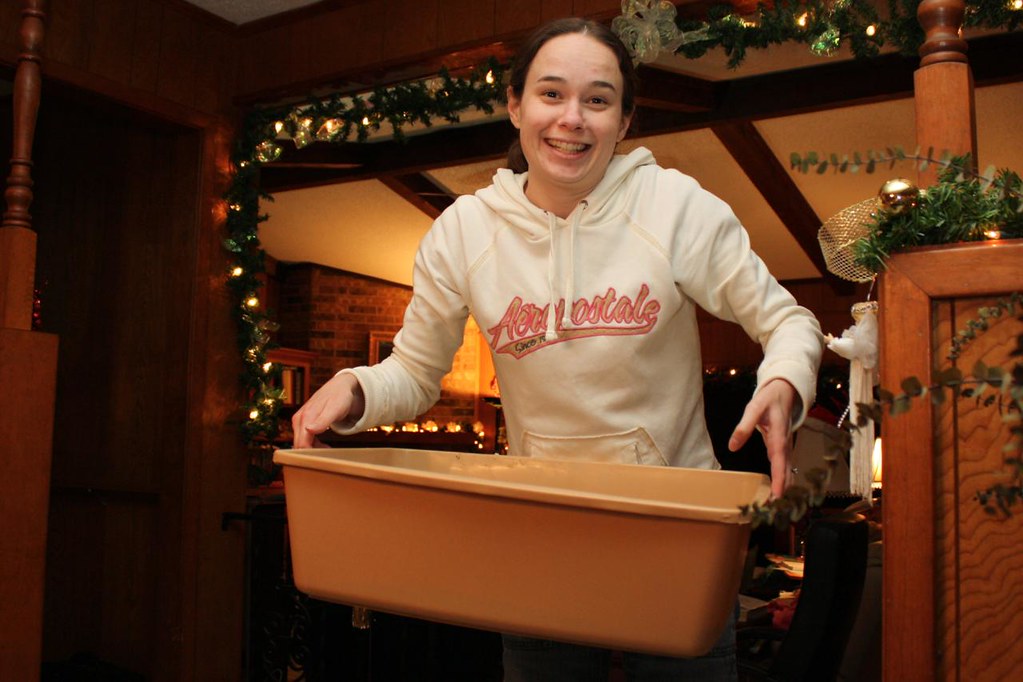
While daily waste removal is essential, a more thorough spot cleaning should be conducted weekly to maintain proper hygiene in your bearded dragon’s habitat. Remove and wash food and water dishes with hot, soapy water, making sure to rinse thoroughly to remove any soap residue that could be harmful if ingested. Clean any glass surfaces with a reptile-safe cleaner or a 50/50 vinegar-water solution, avoiding chemical cleaners that could leave toxic residues. Remove and replace any soiled substrate areas, particularly in corners where dragons often defecate, or areas where food has been dragged. Clean and disinfect any decorations or surfaces showing waste buildup, algae growth, or calcium deposits, using a reptile-safe disinfectant and allowing items to dry completely before replacing them. Weekly spot cleaning prevents bacteria and parasites from establishing themselves in the enclosure while maintaining a healthy environment.
Weekly Health Assessment Checklist
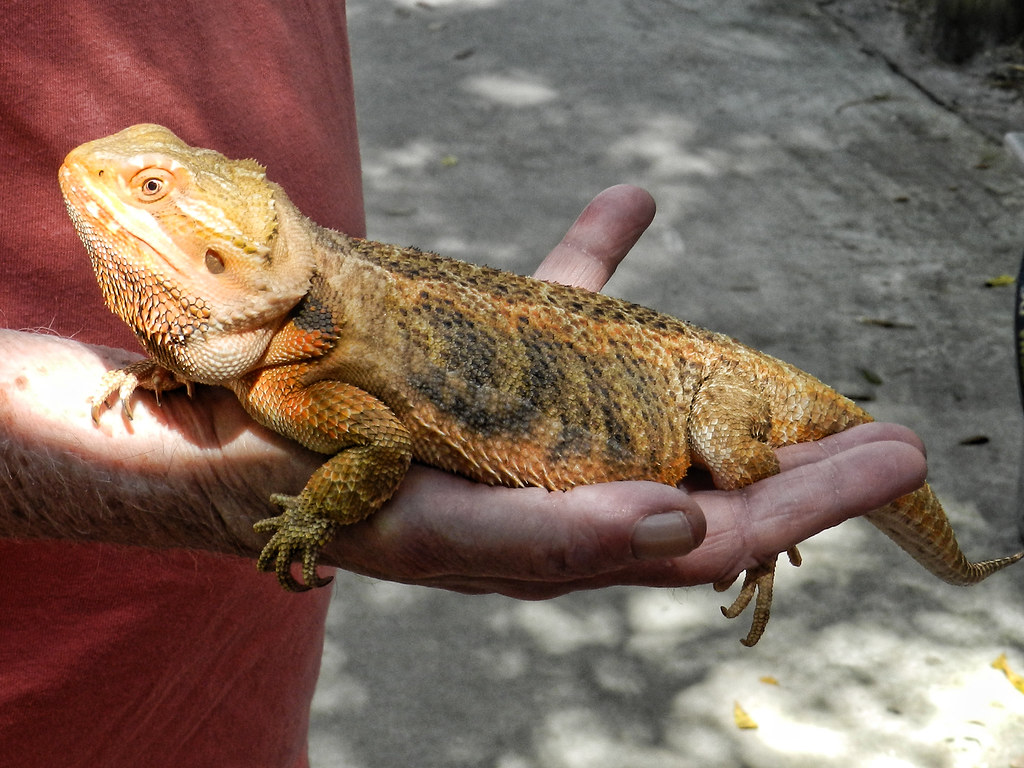
Dedicate time each week to conduct a more thorough health check of your bearded dragon, beyond daily observations. Examine your dragon’s mouth and gums, which should be pink rather than pale or red, and check for any stuck food or unusual growths. Inspect the vent area for cleanliness, swelling, or discharge, as problems in this area can indicate parasites or impaction. Gently feel your dragon’s body, noting muscle tone and watching for any reaction that might indicate pain or discomfort in specific areas. Check limbs and joints for swelling, proper alignment, and mobility issues, particularly in dragons showing reluctance to move or climb. Record your dragon’s weight using a small digital scale, as consistent weight records help identify health trends before they become serious issues. These weekly assessments create a baseline of what’s normal for your specific dragon, making it easier to spot concerning changes early.
Weekly Bathing and Hydration Routine
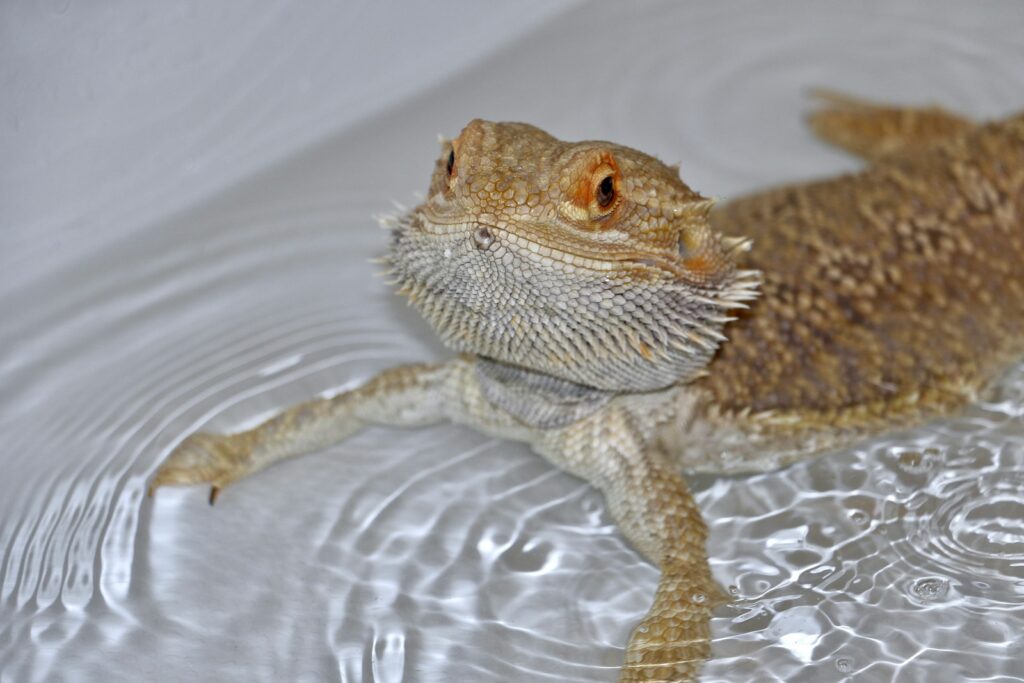
Bearded dragons benefit from weekly baths that provide hydration, assist with shedding, and help maintain proper hygiene. Prepare a shallow bath of lukewarm water (95-100°F) in a clean container, with the water level reaching only to your dragon’s shoulders to prevent drowning risk. Allow your dragon to soak for 15-20 minutes, supervising the entire time and supporting dragons that seem stressed by the experience. Many bearded dragons will drink during bath time, which supplements their hydration beyond what they receive from their food and water dish. Bathing helps stimulate bowel movements, which can be beneficial for dragons prone to constipation, though you should be prepared to clean the bath immediately if this occurs. After the bath, gently pat your dragon dry with a soft towel and return them to their warm enclosure to prevent chilling, as reptiles cannot effectively regulate their body temperature when wet.
Monthly Deep Cleaning Protocol
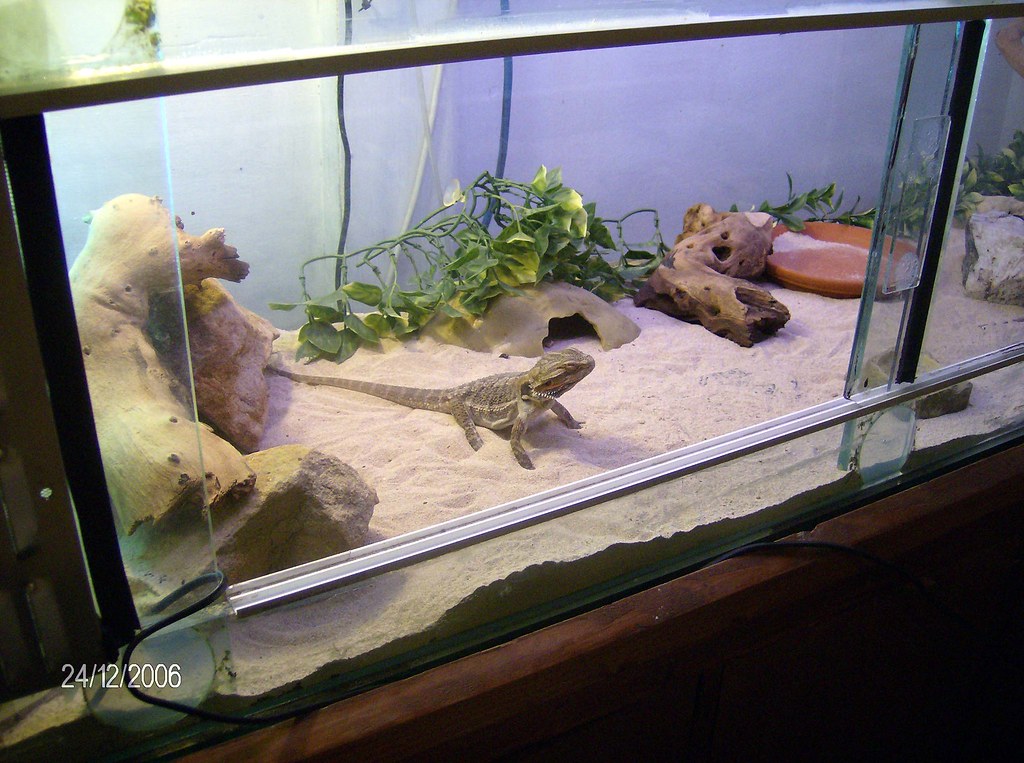
Once a month, perform a comprehensive deep cleaning of your bearded dragon’s entire habitat to eliminate bacteria, parasites, and waste buildup that spot cleaning might miss. Remove your dragon to a secure temporary enclosure with appropriate heat, then take out all decorations, hides, and substrate from the main tank. Wash the empty enclosure with hot, soapy water followed by a reptile-safe disinfectant, paying special attention to corners and seams where waste can accumulate. Clean all decorations thoroughly, soaking porous items like wood in a reptile-safe disinfectant solution according to product instructions. Replace substrate completely rather than reusing old material, as microscopic waste particles and bacteria remain even in visibly clean substrate. Allow everything to dry completely before reassembling the habitat, as moisture can promote bacterial growth and respiratory issues. This monthly deep clean prevents disease, eliminates odors, and provides an opportunity to rearrange decorations, creating environmental enrichment through novelty.
Monthly UVB and Equipment Maintenance
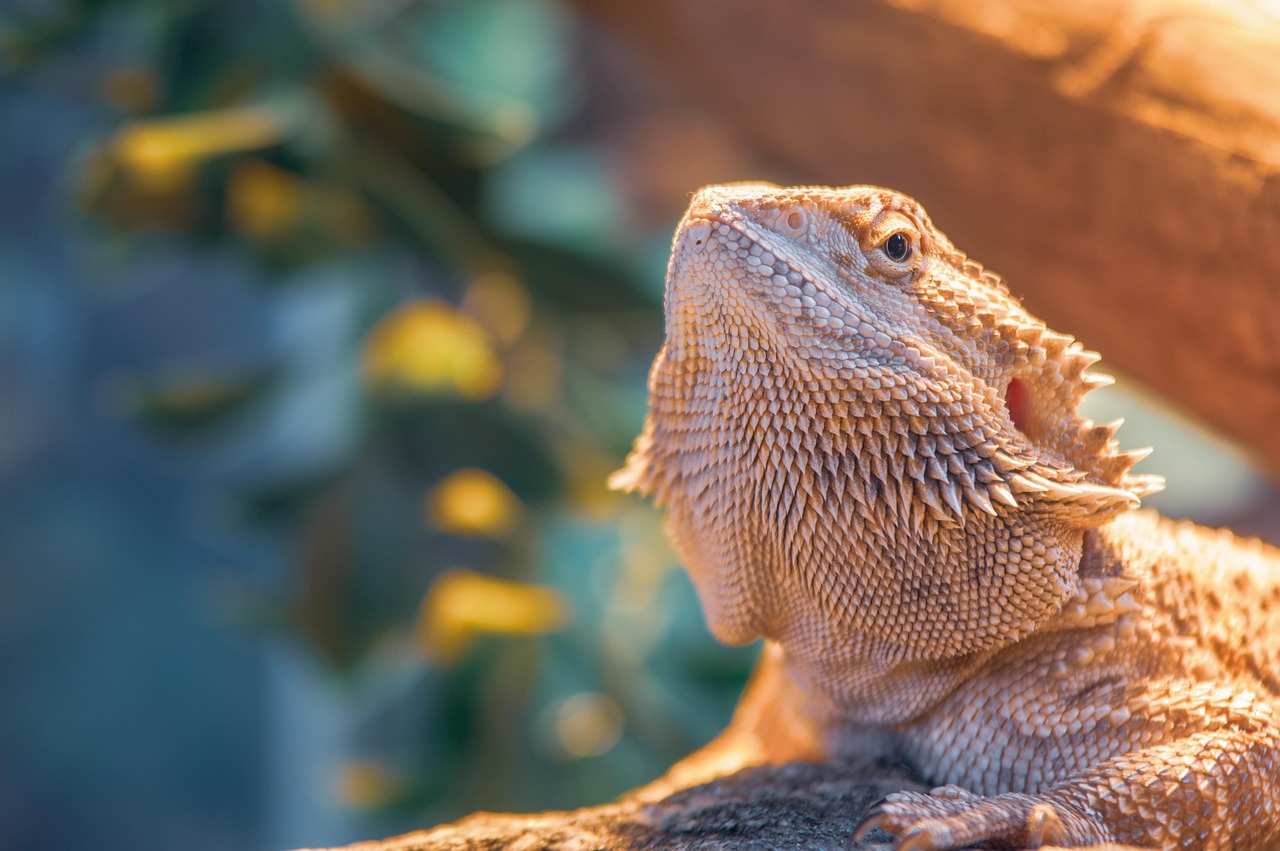
Schedule monthly maintenance checks for all equipment to prevent failures that could compromise your dragon’s health. Test UVB output using a UVB meter if available, or mark your calendar for replacement based on manufacturer recommendations, typically every 6-12 months even if the bulb still produces visible light. Inspect all electrical connections, heating elements, and thermostats for signs of wear, damage, or malfunction that could create fire hazards or temperature regulation problems. Check that temperature gradients remain appropriate, as heating elements can gradually lose efficiency before failing completely. Examine habitat structures for stability, especially climbing surfaces and basking platforms that could cause injury if they collapse under your dragon’s weight. These monthly equipment checks prevent emergencies and ensure consistent environmental parameters that support your dragon’s health.
Seasonal Adjustments to Your Care Routine
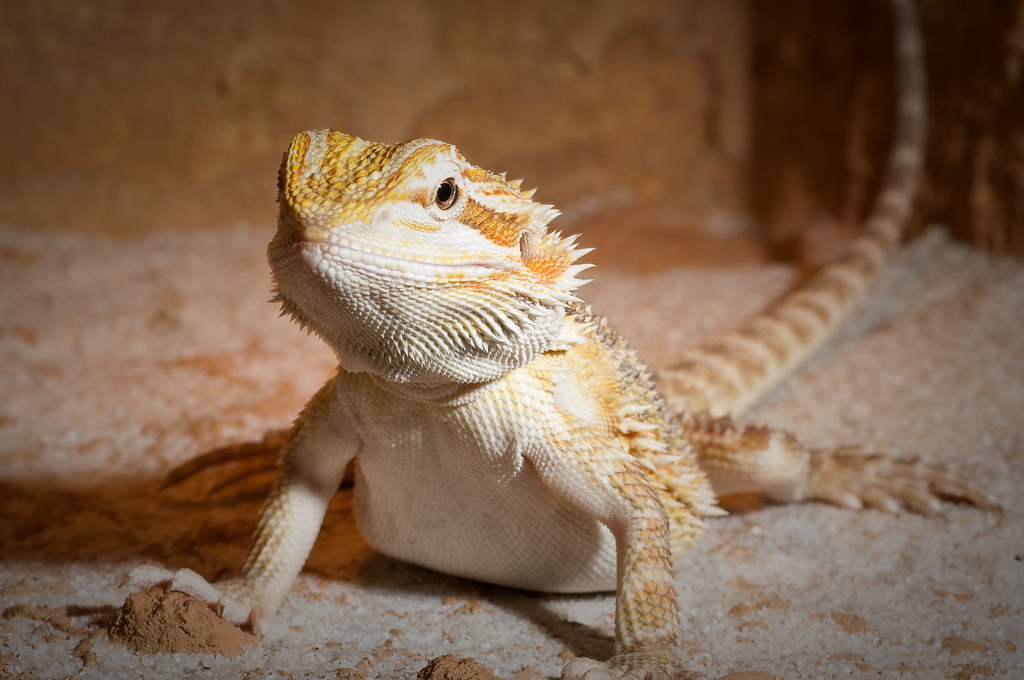
Bearded dragons may exhibit seasonal behavior changes that require adjustments to their care routines throughout the year. During winter months, you may need to increase supplemental heating or adjust lamp heights to maintain proper temperatures if ambient room temperatures drop. Some dragons experience brumation (a reptile version of hibernation) during fall and winter, exhibiting decreased appetite, activity, and energy levels that require monitoring but not necessarily intervention. Spring often brings increased appetite and activity, sometimes requiring more frequent feeding and additional enrichment opportunities. Dragons may show breeding behaviors in spring, including head bobbing, arm waving, and color changes, which can alter their typical temperament temporarily. Recognizing these seasonal patterns allows you to adapt care routines appropriately while distinguishing normal seasonal changes from potential health concerns.
Creating a Bearded Dragon Care Calendar
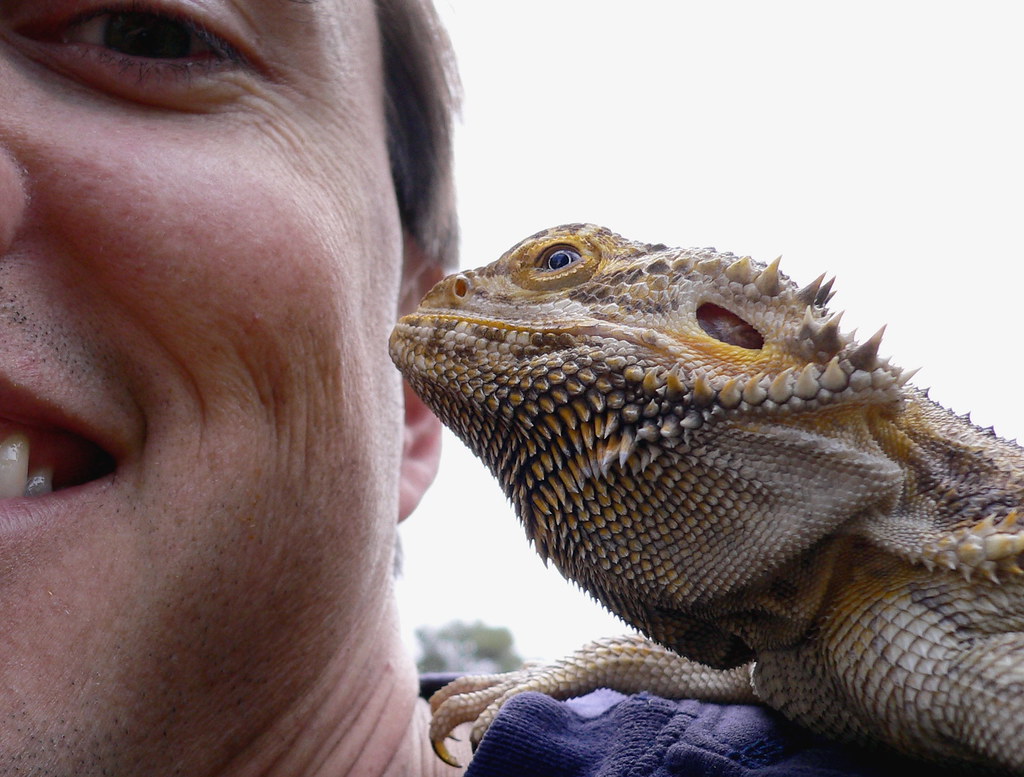
Establishing a comprehensive care calendar helps ensure no aspect of your bearded dragon’s care is overlooked or forgotten. Use a physical calendar or digital reminder system to track daily tasks like feeding and spot cleaning, weekly responsibilities like bathing and health checks, and monthly obligations like deep cleaning and equipment maintenance. Include important dates like UVB bulb replacement, veterinary check-ups, and when supplements were purchased (as they have expiration dates). Note observations about your dragon’s weight, feeding response, shedding cycles, and behavior patterns, which creates valuable data for identifying trends over time. Share this calendar with family members or roommates who might occasionally care for your dragon, ensuring consistent care even when you’re not available. A well-maintained care calendar transforms the sometimes overwhelming list of bearded dragon care tasks into a manageable routine.
When to Seek Veterinary Care

Despite excellent husbandry, bearded dragons sometimes require professional veterinary attention, making it important to recognize when issues exceed home care capabilities. Schedule an annual wellness exam with a reptile-experienced veterinarian even when your dragon appears healthy, as these exams can detect early issues like parasites or nutritional deficiencies before they become serious. Seek immediate veterinary care for symptoms including significant weight loss, prolonged lethargy, difficulty breathing, persistent diarrhea, or lack of bowel movements for more than two weeks. Other concerning signs requiring prompt attention include swollen limbs or joints, discolored patches on skin, abnormal mouth color, walking difficulties, or seizure-like activities. Establish a relationship with a reptile veterinarian before emergencies occur, keeping their contact information readily available as part of your care planning. Remember that early intervention for health issues is always more effective and less expensive than waiting until conditions become severe.
Conclusion: Bringing It All Together
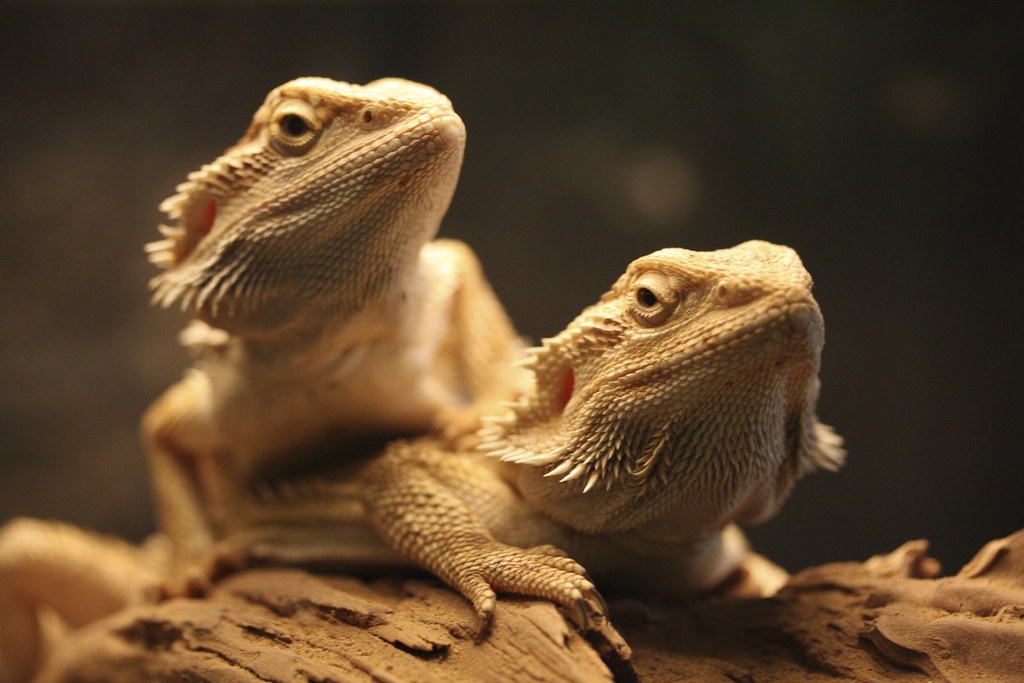
Creating and maintaining the ultimate bearded dragon care routine requires consistency, observation, and dedication to meeting all aspects of your pet’s needs. By breaking care tasks into manageable daily, weekly, and monthly components, you create a sustainable system that ensures no aspect of care is overlooked. The time invested in proper care routines pays dividends in your dragon’s health, longevity, and quality of life, while also deepening the bond between you and your reptilian companion. Remember that each bearded dragon is an individual with unique preferences and needs that may require adjustments to this general framework. With consistent application of these care practices, your bearded dragon will have the best possible opportunity to thrive in captivity for many years to come, rewarding your efforts with their distinctive personality and fascinating behaviors.

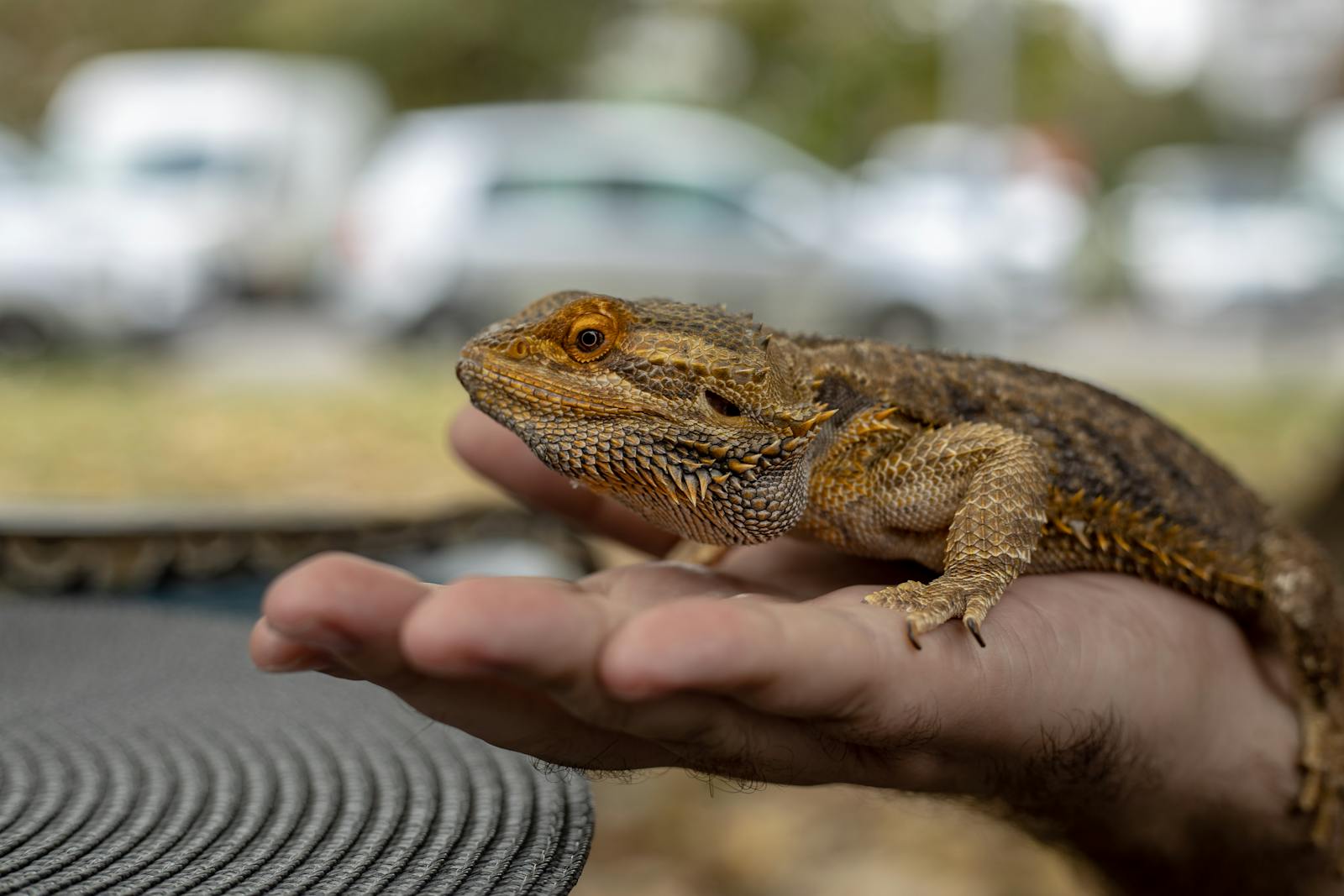
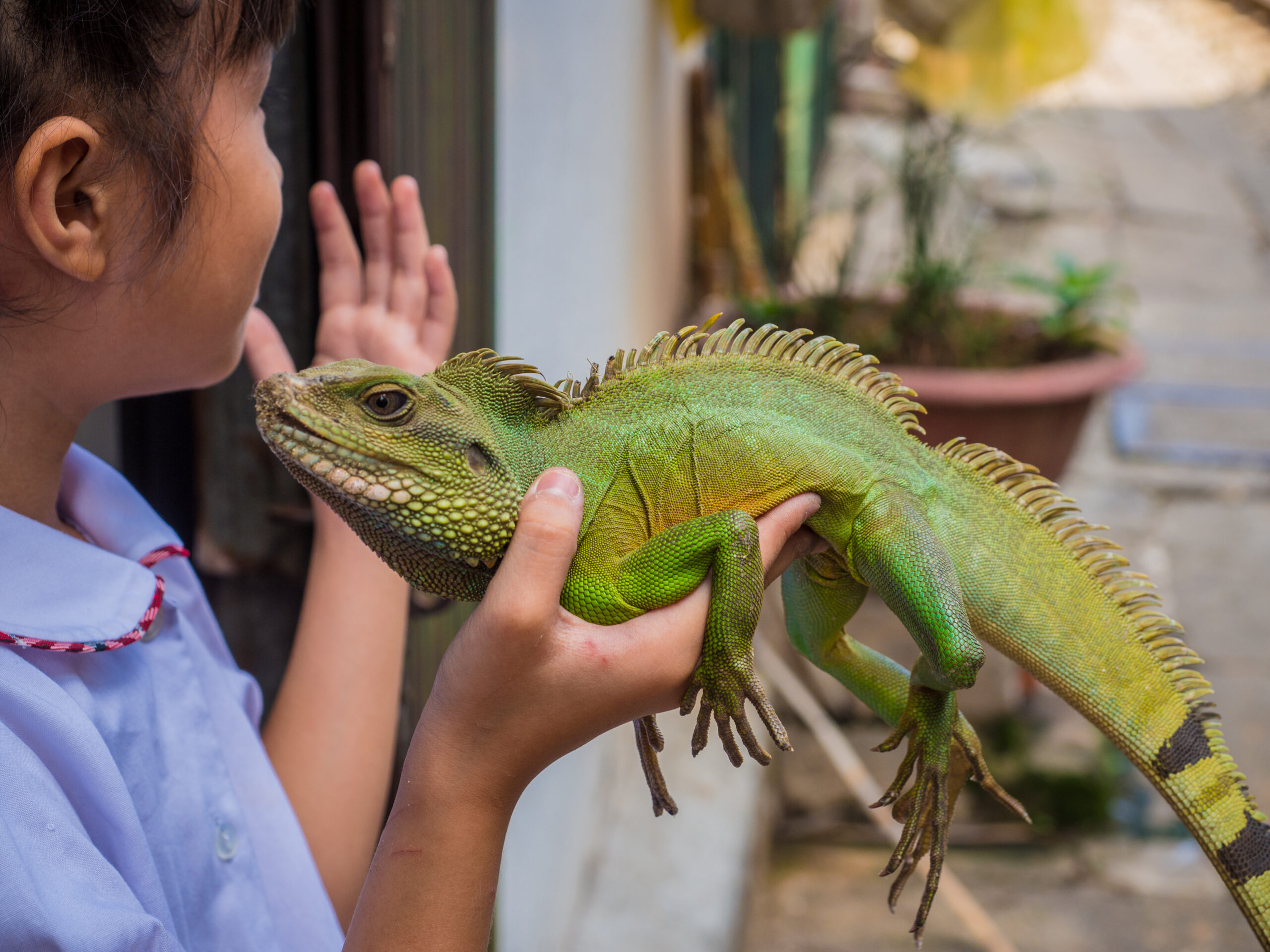
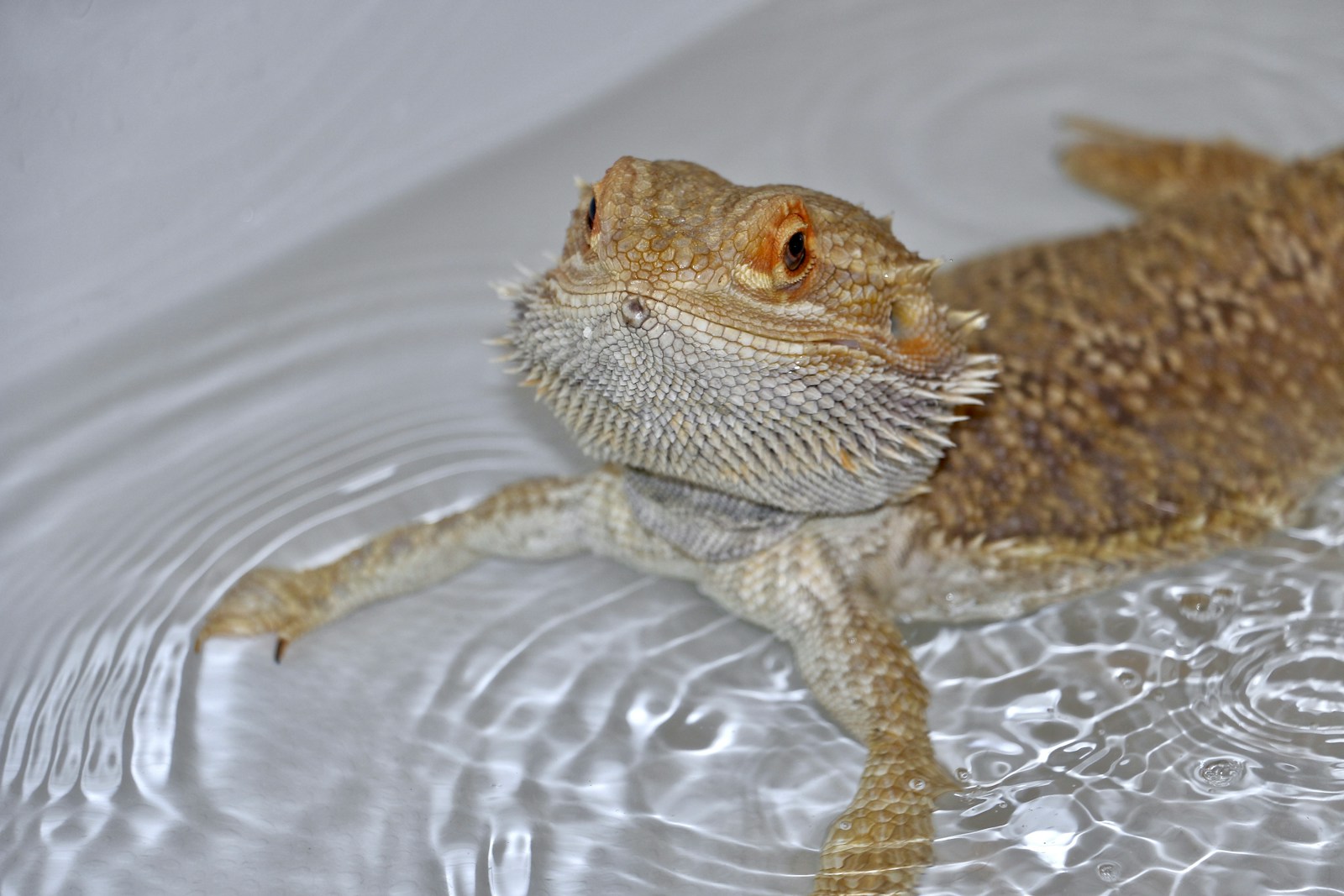
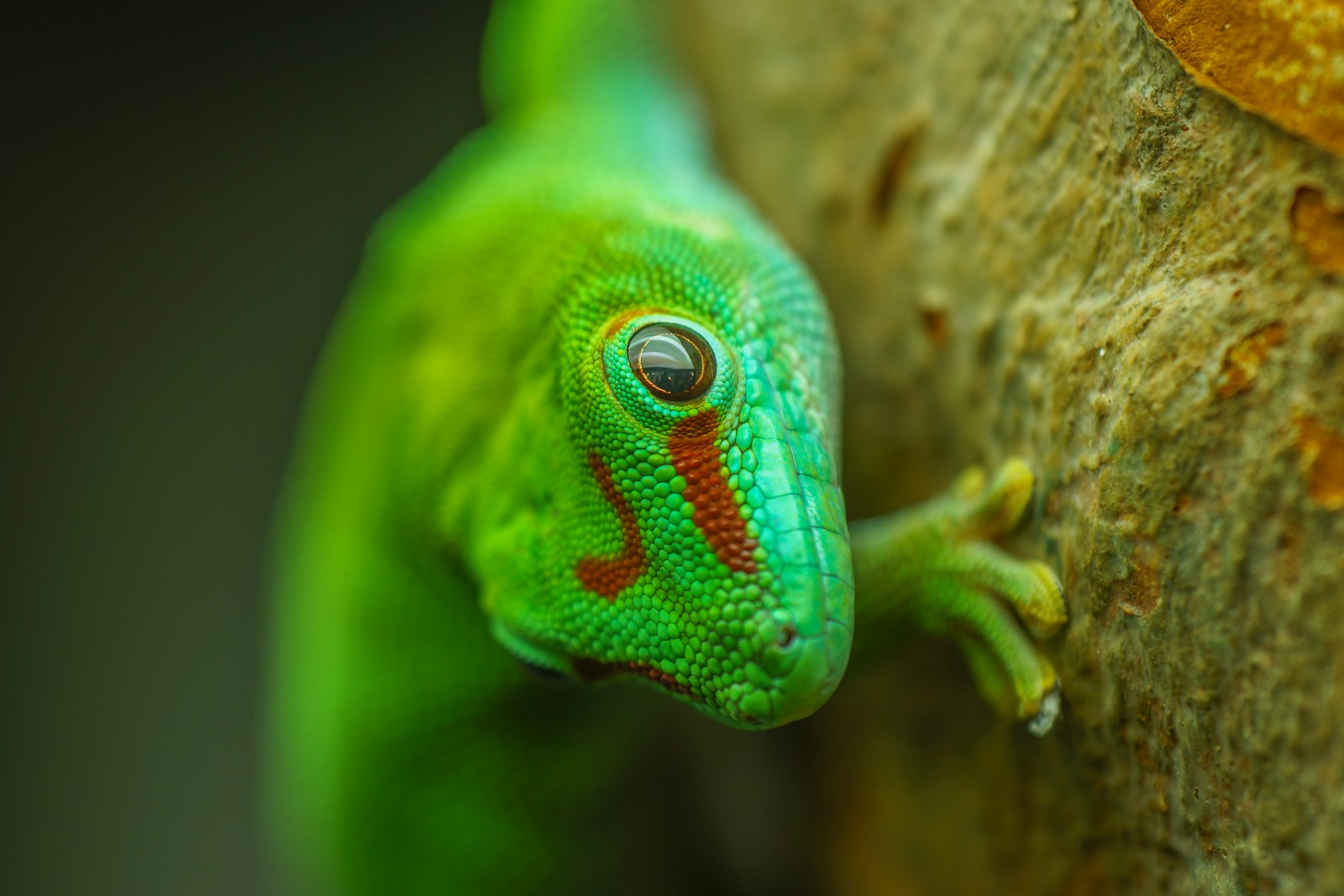
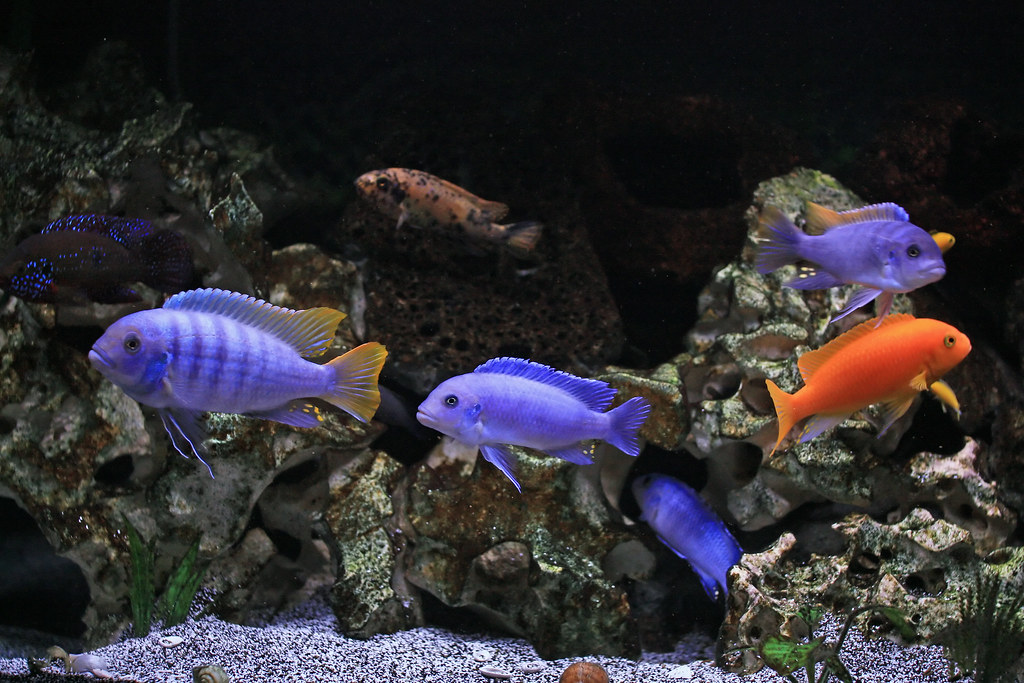
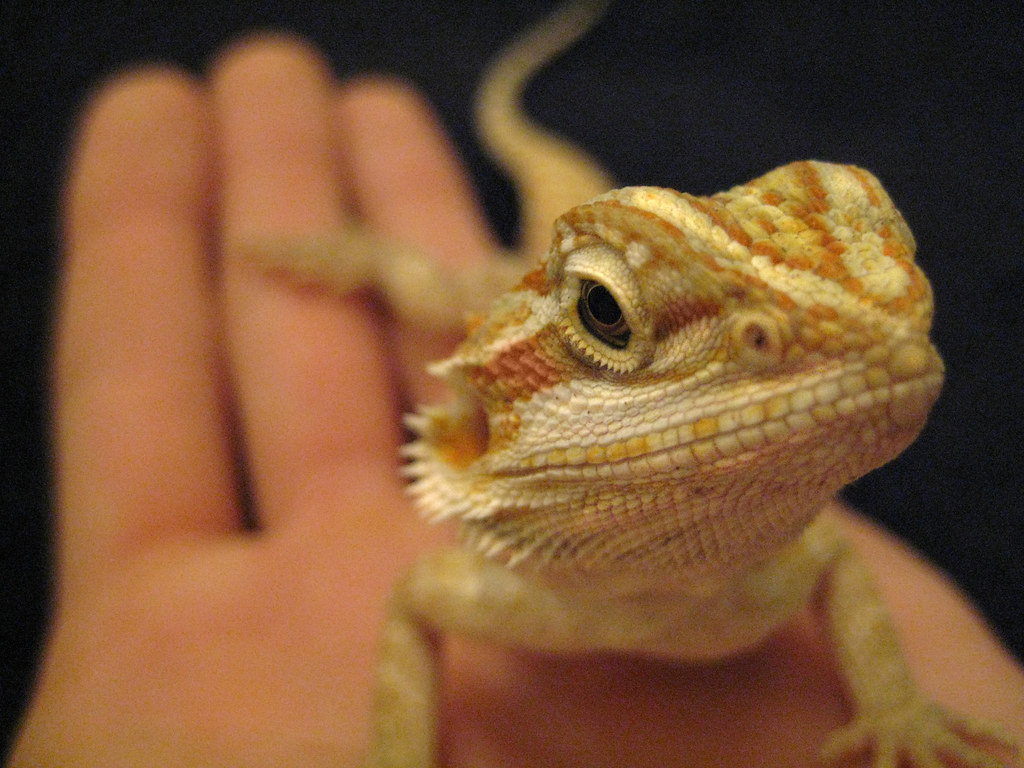
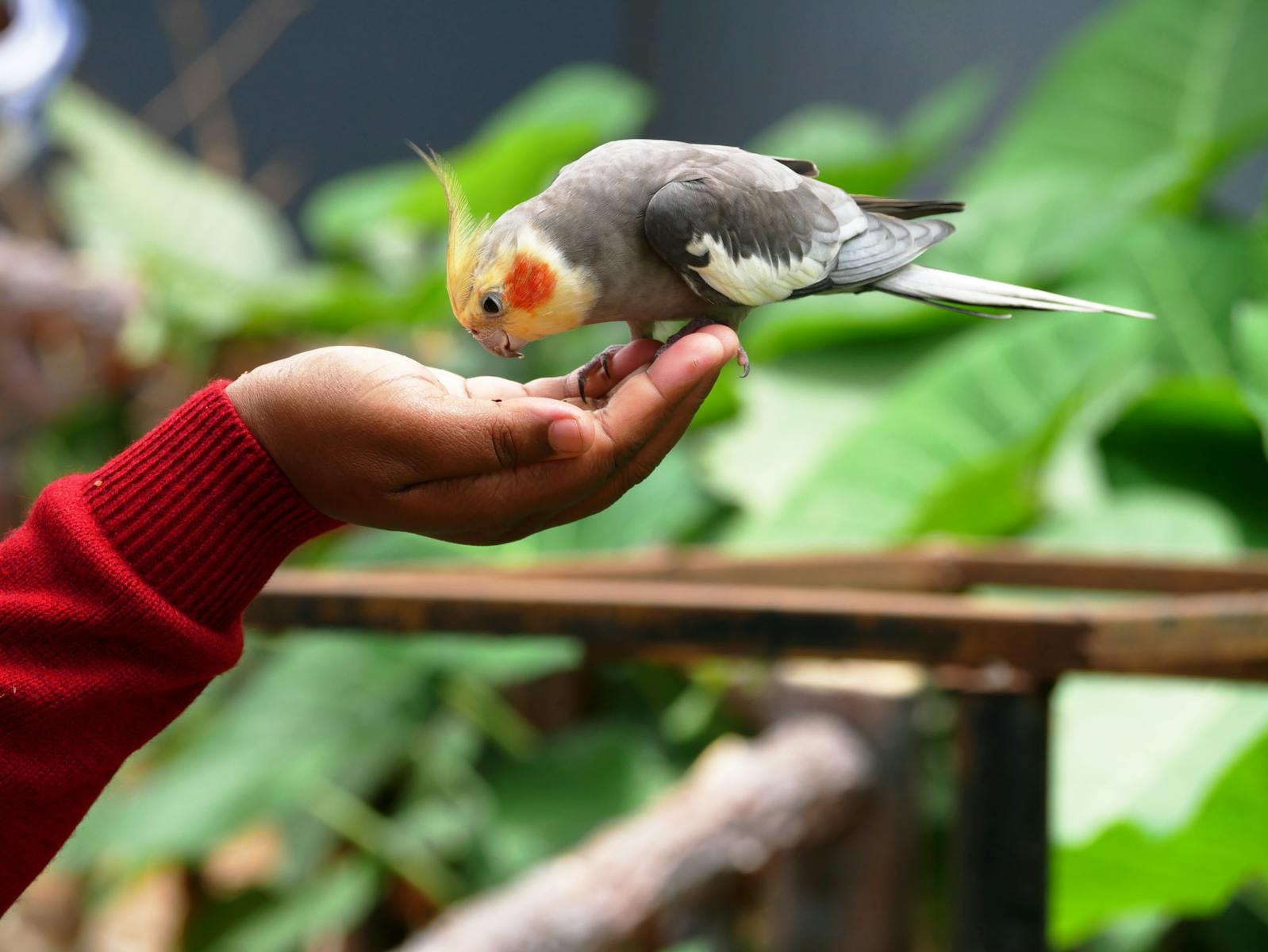
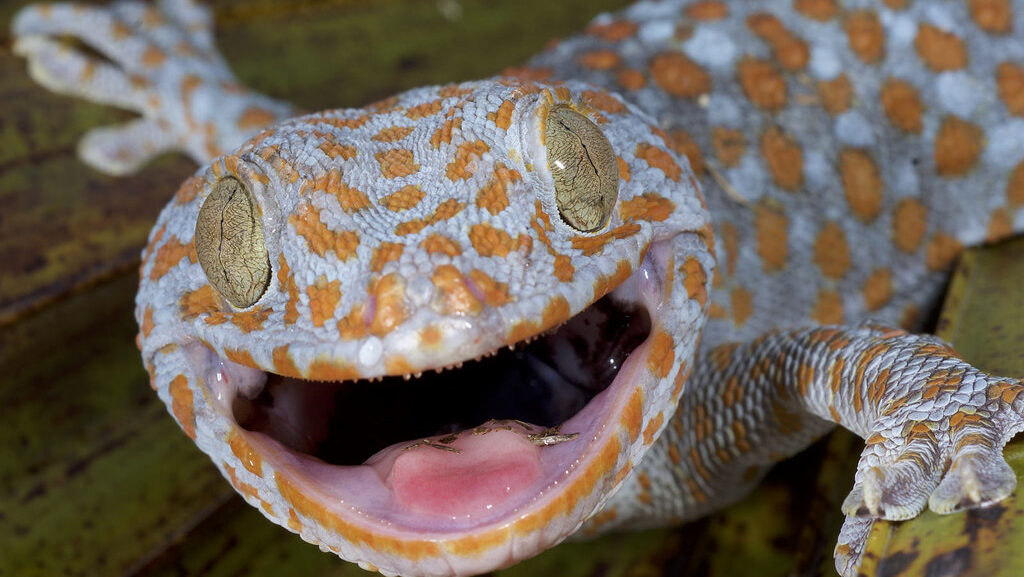
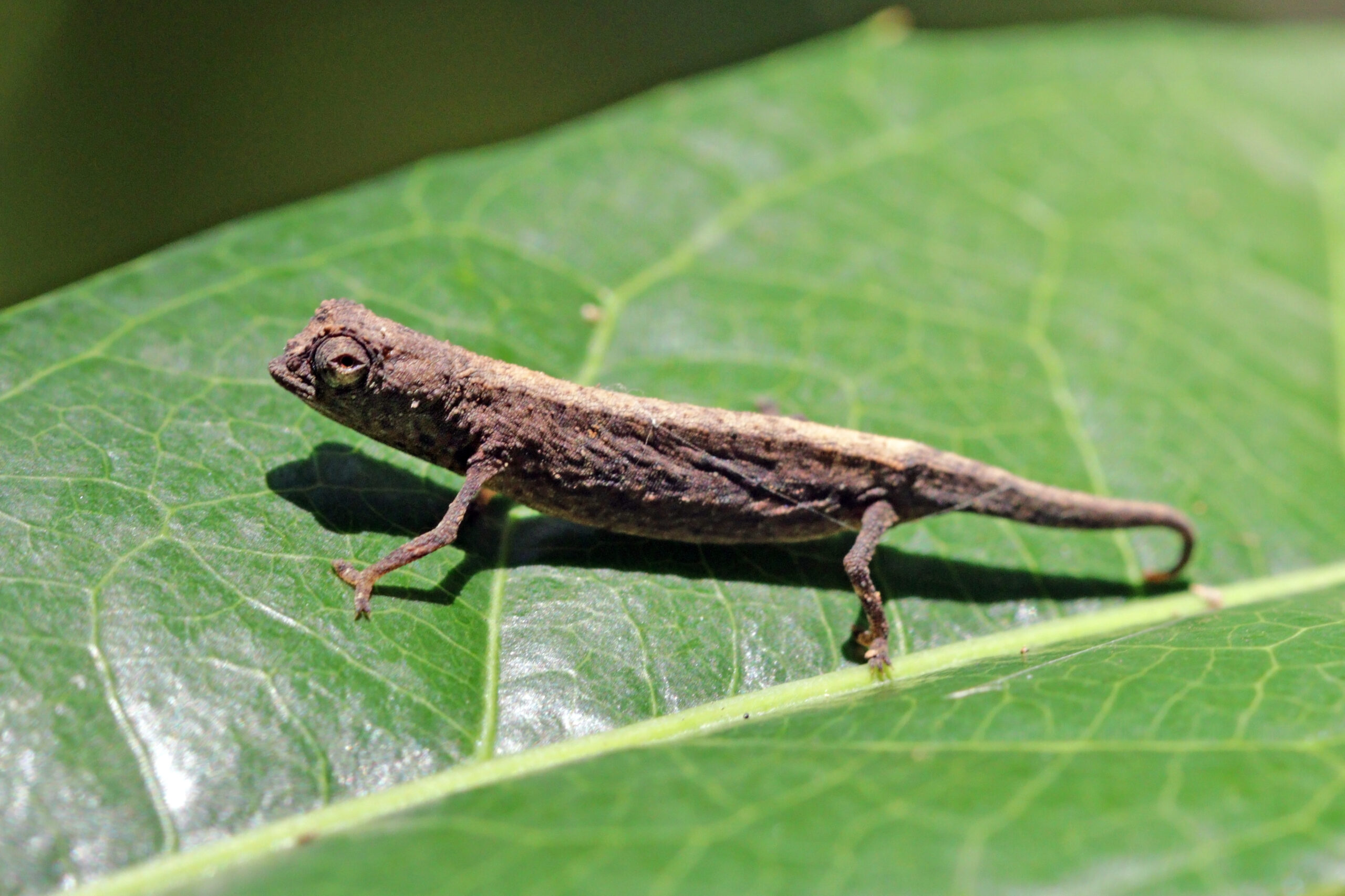
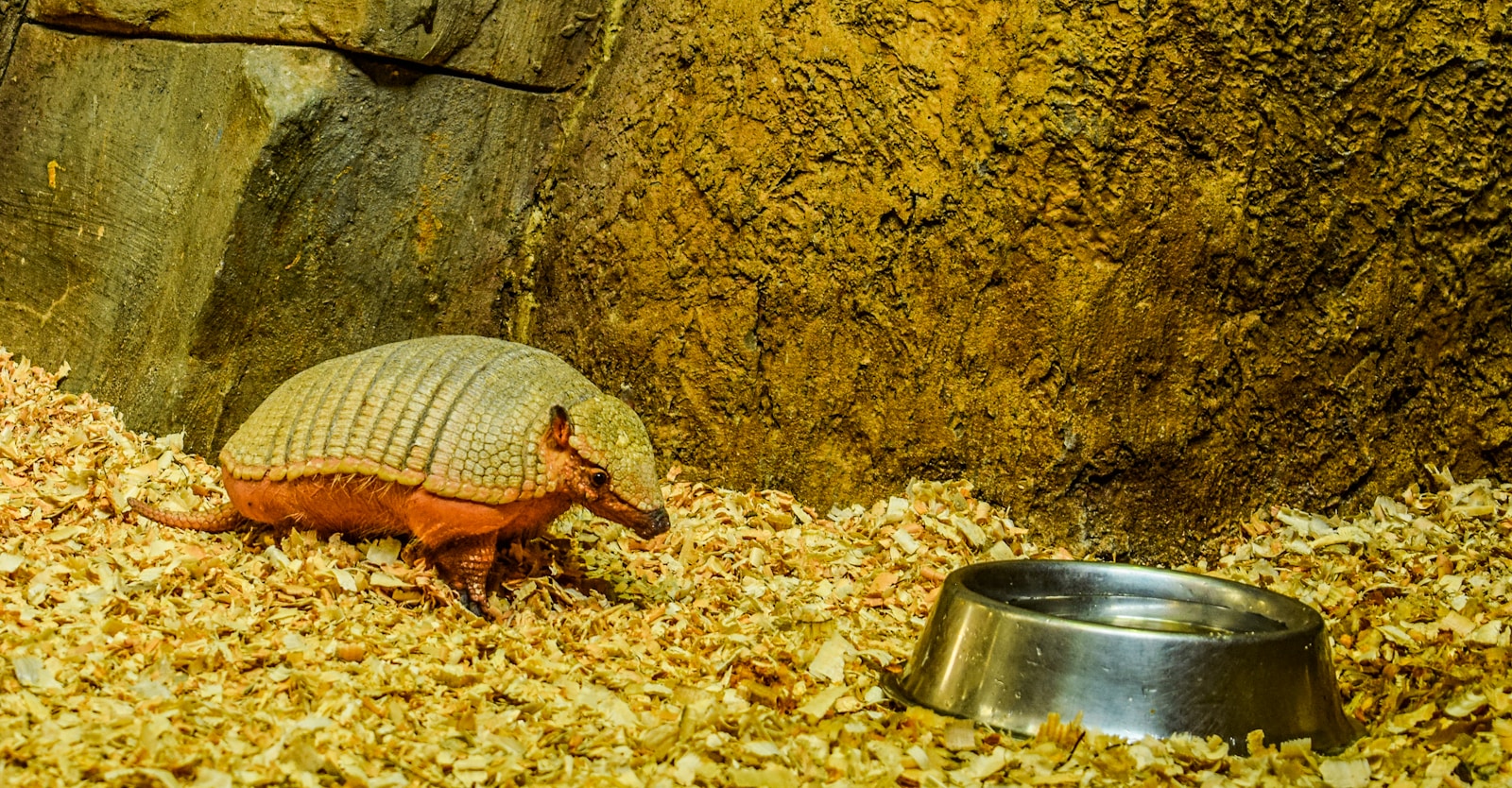




Leave a Reply